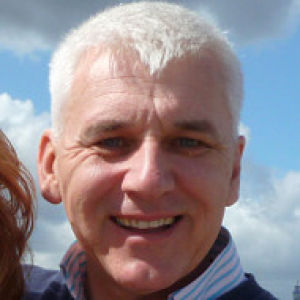Chelmsford
Today's blip is of Central Park, Chelmsford. If you're bored, really bored, read on.
The modern town of Chelmsford was created in the Middle Ages. At the time of the Domesday Book (1086) the land on the site of the modern town centre belonged to the Bishop of London.
In 1199, Bishop William obtained a charter from the king gaining the right to hold a weekly market near the bridge. So a town was born.
In 1201 the king gave the bishop the right to hold an annual fair in Chelmsford. Chelmsford quickly grew into a busy little town.
In the 13th century Dominican friars came to Chelmsford. From the late 13th century there was also a leper hostel at Moulsham.
In 1348-49 the Black Death devastated Chelmsford, like the rest of the country. The plague killed half the population, however Chelmsford soon recovered.
In 1475 the townspeople were forbidden to let their pigs roam the streets.
In 1551 a grammar school was founded in Chelmsford.
A new jail was built in 1777.
In 1789 an Act of Parliament gave powers to pave, clean and light the streets of Chelmsford.
In 1797 a canal, the Chelmer and Blackwater Navigation improved communications between Chelmsford and the rest of the country.
The railway reached Chelmsford in 1843.
1819 the streets were lit by gas.
In 1818 a dispensary opened where the poor could obtain free medicines.
In 1883 the Chelmsford and Essex hospital opened.
The Central Park opened in 1894.
A museum was founded in Chelmsford in 1835.
In 1899 Marconi opened the worlds first radio factory in Chelmsford.
By the beginning of the 20th century Chelmsford had a population of almost 22,000.
A library opened in 1906 and before the First World War the first cinemas opened.
In 1914 Chelmsford church was made a cathedral.
The Civic Theatre opened in 1962.
The Essex Regiment Museum opened in 1973.
The Cramphorn Theatre opened in 1982.
In 2012 Chelmsford was made a city.
Today the population of Chelmsford is 120,000.

Comments
Sign in or get an account to comment.


